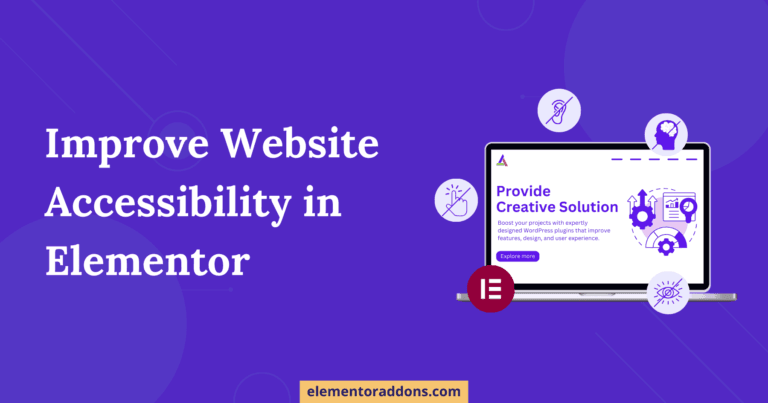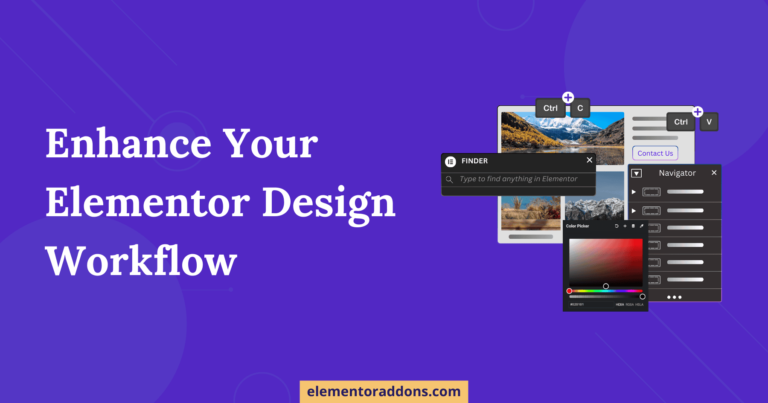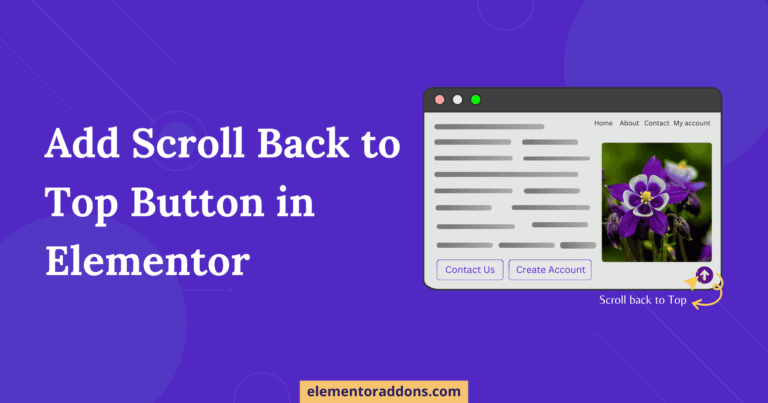Are you often confused about which image format to use in your website or projects? With so many image file format options like PNG, JPEG, AVIF, WebP, and more available, it can be overwhelming to determine which one suits your needs best. Each format has its own strengths and weaknesses, affecting factors such as image quality, file size, and compatibility.
Choosing the wrong format could lead to blurry images, larger than necessary file sizes, or compatibility issues across different platforms. However, understanding the unique characteristics of each file format can empower you to make informed decisions that optimize visual quality and performance. This article will explore the differences between various popular image file formats so you can choose the right format per your needs.
Table of Contents
Key Takeaways from the Article
- Learn why choosing the right image file type is critical for your website’s performance, speed, compatibility, and visual clarity.
- Get a clear, simple breakdown of all popular image file types like JPEG, PNG, GIF, WebP, SVG, AVIF, and HEIC— each with its pros and cons.
- Comparing image formats helps determine which one fits best based on file size, compression, transparency, animation support, and browser compatibility.
- Making the right image format decision improves load time, saves storage space, and enhances user experience.
What is the Importance of Picking the Right Image Format?
Choosing the right image file format is crucial because it directly impacts how your images appear on the website and how efficiently they load. For instance, if you choose a format that doesn’t support transparency or compresses images too much, you might end up with lower-quality visuals or larger files that slow down your website or application.
On the other hand, selecting the optimal format can ensure your images look good while maintaining fast load times, enhancing the overall user experience and performance of your projects. Thus, understanding and choosing the right image format can significantly improve how effectively your visuals communicate and engage with your audience online.
What Are the Most Common Image File Formats?
Let’s delve into some of the most popular image file formats. Understanding these formats is crucial for everyday users and professionals in fields like photography, design, and more. Each format offers unique advantages and is suited for different types of images and purposes. By exploring these formats, you’ll gain insight into how they handle image data, compression techniques, transparency support, and other features that impact image quality and usability across various platforms and applications.
JPG/JPEG
JPEG stands for Joint Photographic Experts Group. It’s a popular image file format that uses lossy compression, meaning it reduces file size and image quality slightly. JPEG files are widely used, especially on social media platforms like Facebook and Instagram, which often convert uploaded images to JPEG by default. These files are small, saving space on your disk or memory card, and are compatible with all browsers (e.g., Google Chrome, Safari, Mozilla Firefox) and operating systems.
However, JPEG is not ideal for images with text, such as tutorial screenshots, because the compression can make the text hard to read. There’s no difference between JPG and JPEG; they are the same format. The .jpg extension was created to fit the three-character limit in early Windows versions, but this is no longer necessary.
PNG
Portable Network Graphics (PNG) is a popular image format known for its lossless compression, which means that no quality is lost when the image is compressed. This makes PNG files perfect for situations where you need to maintain the original quality of the image, such as banners, illustrations, graphics, and logos. Unlike JPEG, which can lose some details during compression, PNG preserves all the details, including sharp lines and text.
Another great feature of PNG is its support for transparency, allowing you to create images with clear backgrounds. This is especially useful when you want to overlay an image onto another background without any unwanted borders or backgrounds showing.
Because PNG keeps all the original data, the file sizes can be more significant than GIF or JPEG formats. PNG is widely supported by all major web browsers, including Chrome, Edge, Safari, Firefox, and Opera, so that you can use it confidently across different platforms.
GIF
The Graphics Interchange Format (GIF) is an old image file format created in 1987, but it is still widely used. GIFs are perfect for logos, animations, social media stickers, and advertisements because of their small file size compared to PNG and JPEG files. They also support transparent backgrounds and can display animations.
GIFs are most famous for their ability to show animated images displayed in sequence. One significant advantage of GIFs is that you can upload them to web pages without needing a particular video player.
The performance of a GIF depends on how many frames it has; more frames can make it load slower on a website. This is why simpler animations with fewer frames tend to perform better.
WebP
WebP is a modern image format developed by Google that offers better compression and higher-quality images compared to older formats like JPG or PNG. It uses lossless and lossy compression methods, which can reduce the file size while maintaining image quality. However, even though the file sizes are smaller than some other formats, the quality remains high.
WebP is widely supported by some versions of popular browsers such as Safari, Chrome, Edge, and Firefox, making it a popular website choice. By using WebP, websites can load faster and use less bandwidth, which enhances the user experience. Additionally, WebP helps save server disk space due to its efficient compression. This format particularly benefits websites as it improves performance and reduces storage costs.
SVG
SVG, or Scalable Vector Graphics, is an image format that uses XML to describe how the image should be drawn. Unlike raster images made of pixels (like JPG or PNG), SVG images are made up of shapes and lines defined by mathematical equations. It means that SVG images can be scaled up or down to any size without losing quality, making them perfect for logos, icons, and other graphics that need to be sharp at any size.
SVG files are usually smaller than JPG or PNG files, which helps websites load faster and saves storage space. Additionally, SVG supports transparency, allowing you to place these graphics seamlessly across different backgrounds. Since SVG is based on XML, it’s easy to animate, which is why it’s famous for web design and interactive graphics. Plus, being an open standard developed by the W3C in 1999, SVG has wide support across different browsers and devices.
AVIF
AVIF stands for AV1 Image File Format, a new and modern image format that makes pictures look great while taking up less space. Created by the Alliance for Open Media, it’s based on the AV1 video codec and is designed to compress images efficiently. It means images load faster on websites and take up less storage space. AVIF supports advanced features like transparency and a range of colors, making it perfect for use on the web. It’s becoming more popular because it offers high-quality images with much smaller file sizes than older formats like JPEG and PNG.
Additionally, AVIF can handle images and animations, supports HDR (High Dynamic Range) for better color and brightness, and offers improved compression efficiency, which means better quality at lower file sizes. This makes it a versatile and efficient choice for various applications, from web design to photography.
HEIC/HEIF
HEIF (High-Efficiency Image Format) is a new type of image file designed to save space while keeping high quality. It’s made by the MPEG group and can hold more or better-quality images in a smaller file than older formats like JPEG. A HEIF variant called HEIC uses HEVC (High-Efficiency Video Coding) to compress images even more efficiently. It means you get more explicit pictures without using up as much storage.
Apple products like iPhones and iPads mostly use HEIF and HEIC, but they aren’t widely supported by web browsers yet. These formats are especially beneficial for saving device space while preserving image clarity, making them ideal for photography enthusiasts and professionals prioritizing quality and storage efficiency.
PNG vs JPG vs WebP vs AVIF: Which Image File Format Is Best
Comparing different image file formats helps you decide which ones are best for your website. Each format has its strengths, like smaller file sizes or support for animations. Exploring these differences lets you choose the right format for your images, ensuring they look great and load fast on your site.
| Formats/ Features | Compression | File Size | Format | Animation | Browser Support |
|---|---|---|---|---|---|
| JPG/JPEG | Lossy | Small | .jpg, .jpeg | No | All |
| PNG | Lossless | Larger | .png | No | All |
| WebP | Lossy/Lossless | Smaller | .webp | Yes | Chrome, Firefox, Edge, Opera |
| GIF | Lossless | Small | .gif | Yes | All |
| SVG | Vector | Small | .svg | Yes | All |
| AVIF | Lossy/Lossless | Smaller | .avif | Yes | Chrome, Firefox, Opera |
| HEIC/HEIF | Lossy/Lossless | Smaller | .heic, .heif | No | Safari, Edge, Chrome(Windows 10 or later) |
Making the Right Choice for Your Images
Choosing the correct image format is crucial for optimizing your website’s performance and visual appeal. By understanding the strengths and limitations of each format, you can ensure your images look their best while loading quickly and efficiently across all devices and browsers. Whether you need high-quality photos, transparent graphics, or animated images, there’s a format that perfectly suits your needs.
FAQs On Image File Types
What is the best image format for websites?
WebP is currently the best all-around format due to its small size, transparency support, and good quality.
What image format is best for transparent backgrounds?
PNG, WebP, or SVG is the best image formats
What’s the difference between lossy and lossless compression?
Lossy compression removes some image data to reduce file size, potentially affecting quality. Lossless compression preserves all image data, keeping quality intact.
Do image formats affect SEO?
Yes, faster-loading images improve page speed, which is a ranking factor. Using optimized formats like WebP or AVIF can positively impact SEO.
Can I use AVIF images on all browsers?
AVIF is supported on most modern browsers like Chrome, Firefox, and Opera, but not on all versions of Safari or Internet Explorer.




